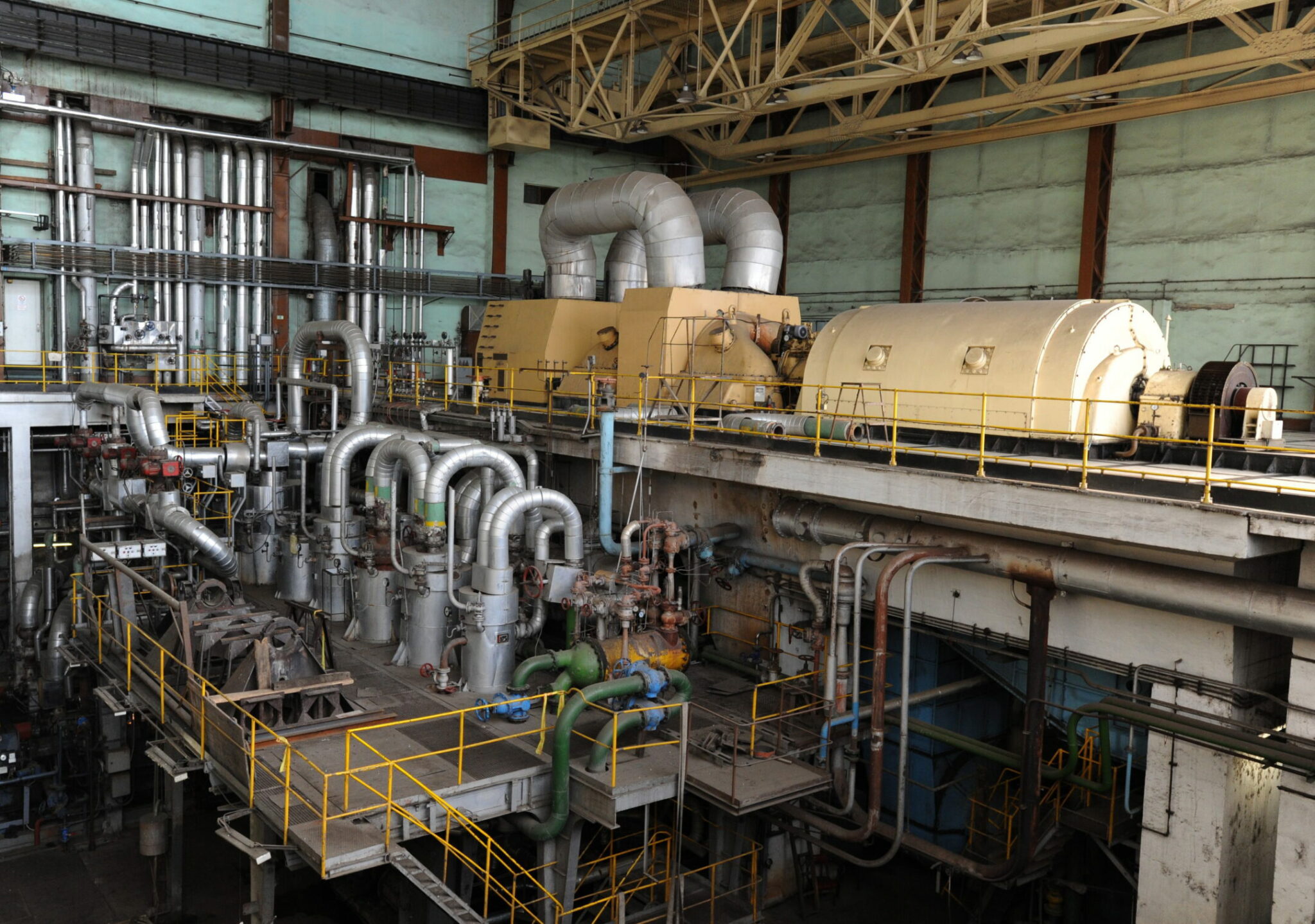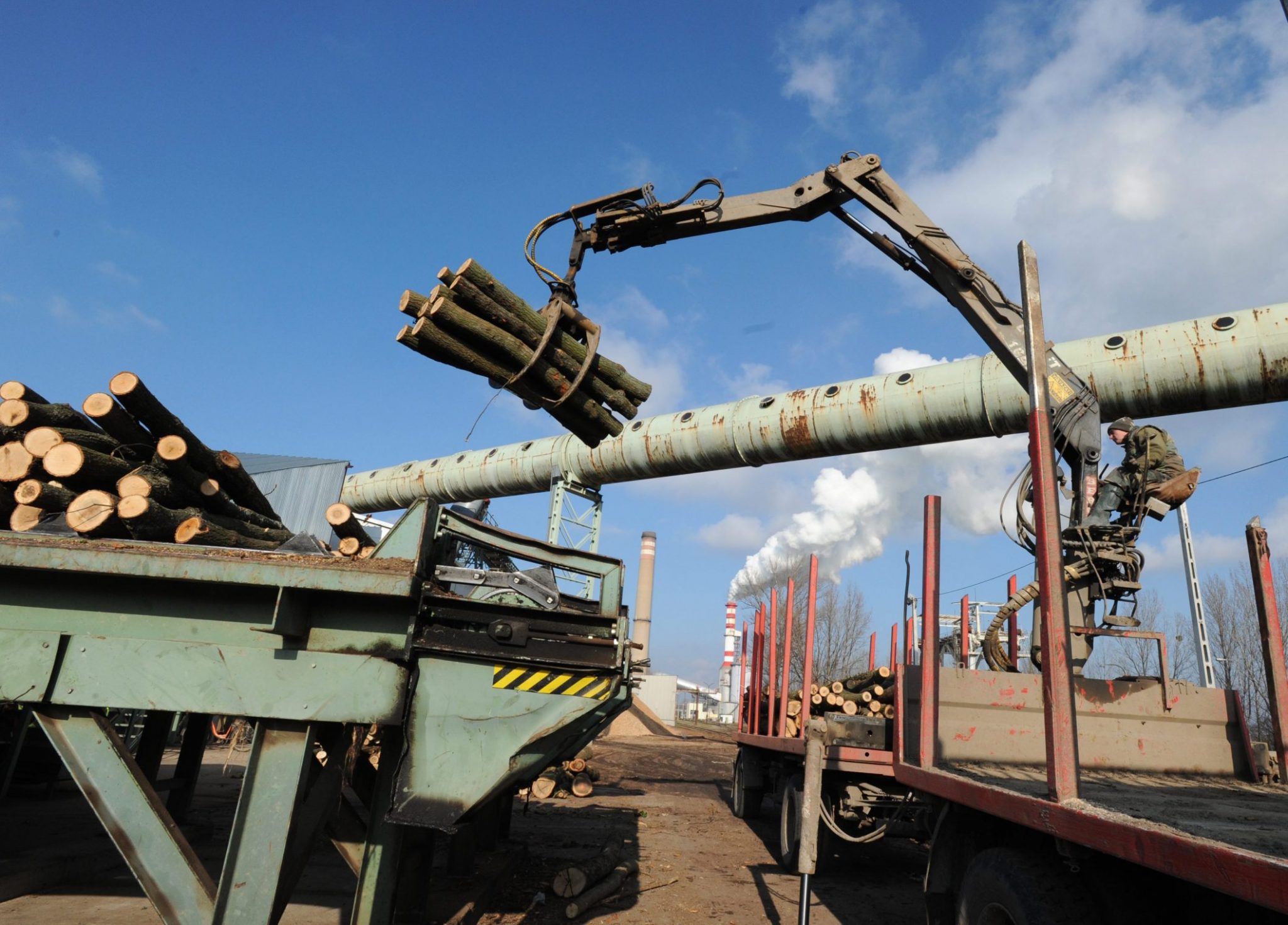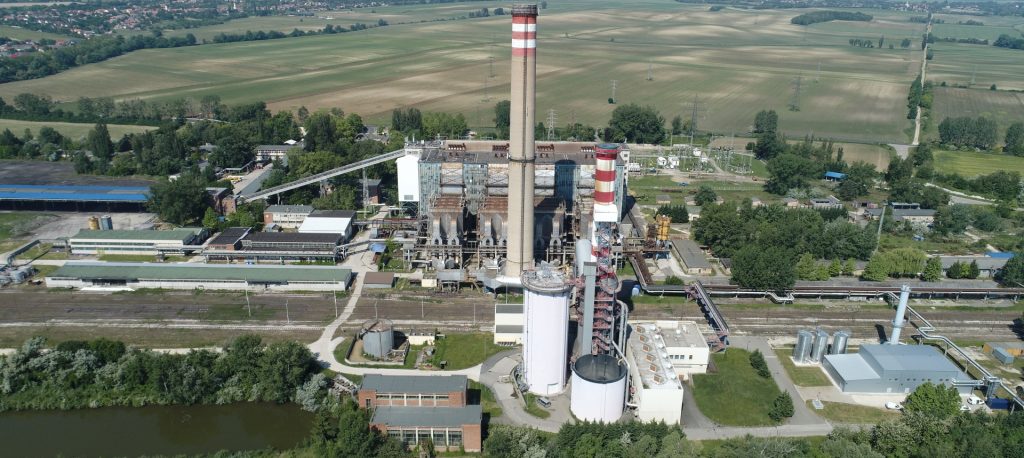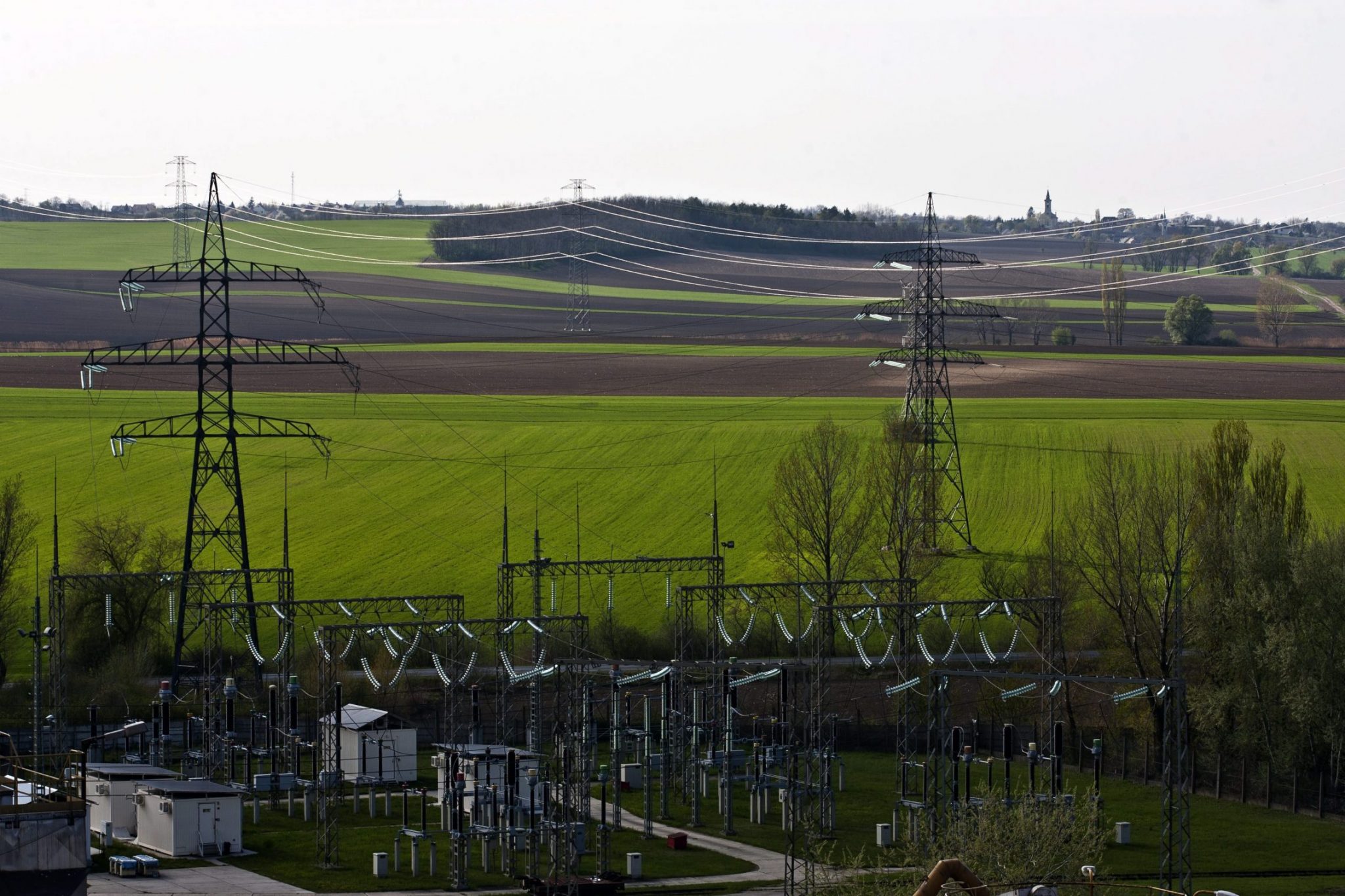The https://english.atlatszo.hu use cookies to track and profile customers such as action tags and pixel tracking on our website to assist our marketing. On our website we use technical, analytical, marketing and preference cookies. These are necessary for our site to work properly and to give us inforamation about how our site is used. See Cookies Policy
State-owned company secretive about the sale of the Oroszlány Power Plant
In mid-September, it was announced that state-owned MVM had sold the Oroszlány Power Plant, which has not been in operation since 2016, but which produced both electricity and heat in its heyday. The new owner will upgrade and restart it in early 2024, according to the announcement. The buyers are CHP-Invest Kft. and Újpalotai Energia Kft., backed by French energy giant Veolia and a Maltese offshore company. In the news about the change of ownership, the sale price of the power plant was not disclosed, so we requested the contract from MVM’s subsidiary, but they refused to answer, citing the interests of the buyers. We are taking legal action to find out how much the state asked for the plant.
According to the website of the Oroszlány Power Plant, construction started in 1958 and unit 1 was commissioned in 1961, followed by the others in stages. “By the summer of 1990, the Oroszlány power plant with four operating units had become a highly reliable generating plant with a capacity of 240 MW of electricity and 84 MW of thermal energy after the coal reconstruction.” – they write.

In the 2000s, various upgrades were made to make it more modern and environmentally friendly, but later, the only way to comply with the stricter environmental rules that came into force in 2016 was to make another major investment. Instead, they decided to close it down at the end of 2015.

Generator and turbine in the powerhouse of the Vértes Power Plant in Oroszlány, 31 January 2011 (MTI Photo: Attila Manek)
MVM sold the power plant, it will restart next year
The power plant last produced electricity and heat on 31 December 2015, but is reportedly due to come back in operation soon. More than six years after its closure, on 12 September 2022, it was announced that the plant is no longer state-owned, as it has been sold by Vértesi Erőmű Zrt., a subsidiary of MVM.
The change of ownership was announced not by the state-owned company but by the buyer: the French energy giant Veolia published the news on its website that its affiliates CHP-Invest Kft. and Újpalotai Energia Kft. had bought the plant and planned to bring it back in operation in early 2024 after a major refurbishment.
“The new owner aims to modernise the plant, and then re-commission it on a mixed-fuel basis, mainly biomass and to a lesser extent separated residual waste (SRF), which is no longer recoverable in material but is prepared for energy use. As part of the development, the former coal and biomass fired power plant units will be converted to 2 x 50 MW electrical capacity based on the combustion of biomass that can be supplied from the available surrounding area.” – reads Veolia’s statement.
Biomass typically covers wood chips, shavings, sawdust and pellets made from these by pressing. Although straw and energy grass are also included in this category, their use is not as widespread as that of readily available (felled) wood. The question is what Veolia means by ‘biomass that can be supplied from available sources in the area’.

Oroszlány, 31 January 2011. A worker loads logs with a machine in the wood storage area of the Vértes Power Plant. The Oroszlány Power Plant, which has four operating units, has a capacity of 240 MW of electricity and 84 MW of thermal energy. Two of the plant’s four boilers are capable of firing wood chips, straw and other combustible biomasses in addition to coal from the Márkushegyi mine. The thermal energy of the power plant is also used for district heating and hot water supply in Oroszlány.
Viktor Orban’s spin doctor behind the buyer
According to the Veolia press release announcing the purchase of the power plant, CHP-Invest Kft. and Újpalotai Energia Kft. are the new owners of the Oroszlány plant. The deal was announced by Veolia because the buyers belong to the French-owned group. In the background there is also an offshore company in Malta, owned by an important figure of the Gyurcsány era and managed by the brother of a friend of Árpád Habony, a Fidesz-allied political strategist.
CCHP-Invest and Újpalotai Energia Kft. are owned by CHP Energia Zrt., which is owned by two companies. One is Veolia, which has a French background, and the other is VPP Project Kft., which (through VPP Invest Kft.) ends up in Apium Media Holding Ltd. of Malta. The owner of the Maltese company is Sándor Zelles, who was featured in Válasz Online’s article on the left-wing figures active in the Fidesz era.
Zelles was in charge of the Treasury Property Directorate during the Gyurcsány government, but according to the paper he has now joined forces with Árpád Habony and András Tombor. This is also indicated by the fact that the director and delivery agent of Apium Media Ltd. is Beni Gagel, who is the brother of Habony’s Georgian-Israeli-born friend Michael Gagel.
Apium Media Holding Ltd. founded VPP Invest Kft. in February 2017, and VPP Invest Kft. founded VPP Project Kft. in March 2017. In autumn 2018, a third VPP company, CHP Energia Zrt. was established, in which Veolia became a 51% majority shareholder in spring 2019.
According to the company’s website, its energy business supplies energy to more than 60 state and municipal institutions, 66 health and social institutions and 57 industrial sites, and as a district heating provider it provides heating for more than 270 000 district-heated homes and public buildings in 14 cities. The Group has ten power plants in Pécs, Dorog, Kőbánya, Debrecen, Nyíregyháza, Szakoly, Ajka and units of the Budapest Power Plant Ltd. in Kispest, Újpalota and Kelenföld.
They refused to tell us the price
The announcement of the change of ownership of the Oroszlány Power Plant did not mention the price for which MVM sold the plant to the French and Habony-affiliated interest group.
Therefore, on 12 September, the day of the publication of the news, we requested the price and the sales contract from Vértesi Erőmű Zrt. in a FOI request. The reply was received on 27 September:
they refused to tell us the price, nor did they send us the contract.
Absurdly, the state-owned company is justifying this secrecy on the grounds of the business interests of the buyers, an argument we saw most recently in connection with the scandal of the Museum of Fine Arts in connection with the lending of paintings. Interestingly, Habony also appeared in the background there.
“For the purchasing companies, disclosure of the contract concluded by them – or of certain specific details – could cause disproportionate damage to their business and competition law, and we therefore inform you of the following key details of the contract concluded.” – The public company wrote in response to our FOI request.
The main information provided was that a sale and purchase agreement had been concluded for the out-of-use generating assets of the Oroszlányi Power Plant and related real estate, and the names of the buyers were provided. In other words, they told us everything that we did not ask for and that is already known. Since we believe that the price of the sale of the Oroszlány Power Plant is in the public interest, we are taking legal action against the state-owned Vértesi Erőmű Zrt.
In addition to the purchase price, it is also a good question as to why the power station was privatised in the first place instead of being restarted with some financial outlay. Then the state would have generated revenue from the sale of the electricity produced, but now it will generate profits for private companies. Not to mention the fact that energy independence would be increased by having a power station of its own, which would be particularly important in these times of fossil fuel shortages.
In principle, this is also important for the government, which is planning to restart the non-operational units of the loss-making Mátra Power Plant (bought back from Lőrinct Mészáros). For some reason, however, the Oroszlányi plant was sold to Habony’s circle.
Translated by Zita Szopkó. The original, Hungarian version of this story was written by Katalin Erdélyi and can be found here.



